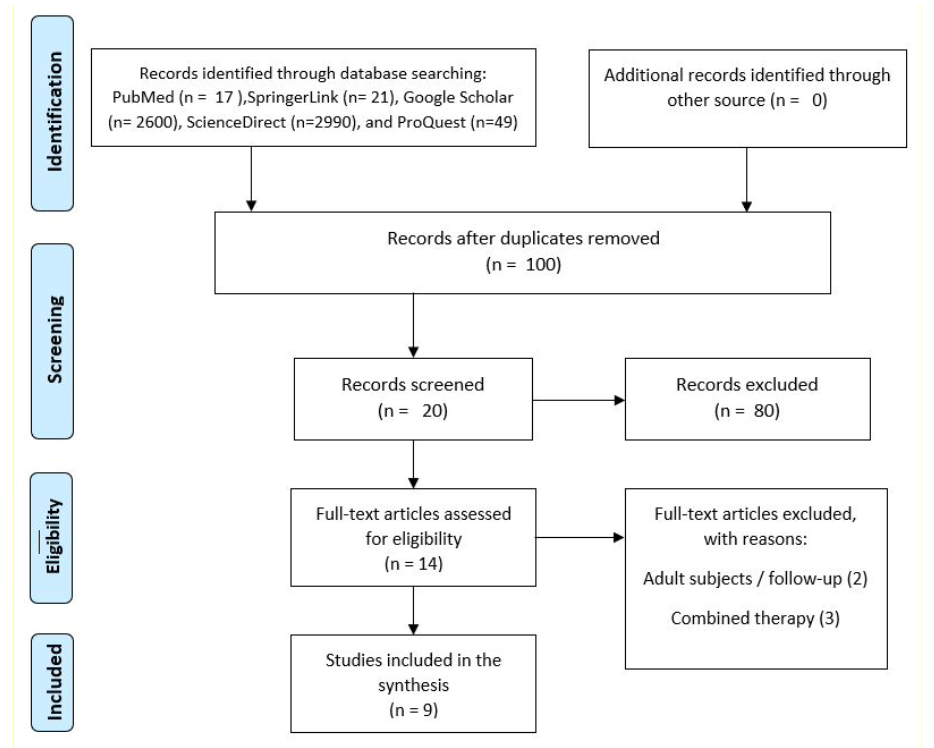Initial Outcome of Subconjunctival Bevacizumab for Corneal Neovascularization - a Case Series
Poster Presentation - Case Series - Resident
DOI:
https://doi.org/10.35749/6rgqwz73Keywords:
Corneal neovascularization, anti-VEGF, subconjunctival injectionAbstract
Introduction : Corneal neovascularization (CNV) has a variety of causes and threatens corneal clarity, thus optimal visual acuity. Conventional medical management includes topical steroids and matrix metalloproteinase inhibitors like doxycycline. Anti-vascular endothelial growth factor (anti-VEGF) agents have demonstrated promise but remain off-label for this indication.
Case Illustration : We present three patients with corneal neovascularization varied in etiology who underwent subconjunctival injection of Bevacizumab . Case 1: a-female-69 years old came with blurred vision after had Stephen Johnson Syndrome which affect her cornea. The examination revealed opacification of cornea accompanied by neovascularization at 5 until 9 o’clock position up to edge of pupil in the left. Case 2: a-male-47 years old presented corneal haze with neovascularization almost
in all corneal region on background of fungal keratitis. Case 3: a-male-63 years old who underwent penetrating keratoplasty of indication corneal lekoma following an episode of fungal keratitis. There was opacity in all corneal region and neovascularization in 360 degree of limbus. All of these patients showed regression of neovessel after first injection of bevacizumab.
Discussion : Corneal neovascularization is a condition caused by disruption homeostasis in which proangiogenic balanced by antiangiogenic, thereby maintaining avascularity. Bevacizumab as VEGF-A-binding proteins could prevent VEGF-A from binding cell surface receptors.
Conclusion : Subconjunctival injection of Bevacizumab can be considered as a treatment for corneal neovascularization. It has shown promising effects in recess neovascularization in cornea regardless
the etiology.
Downloads
References
(-)
Published
Issue
Section
License

This work is licensed under a Creative Commons Attribution-NonCommercial-ShareAlike 4.0 International License.


